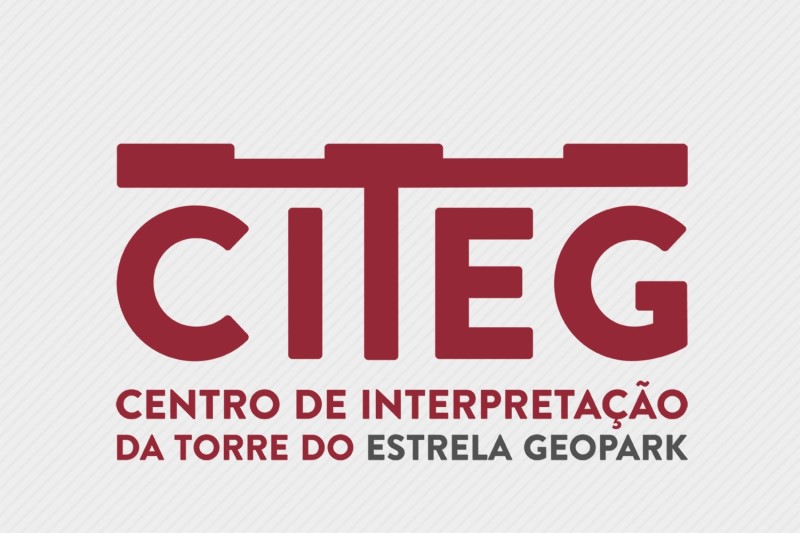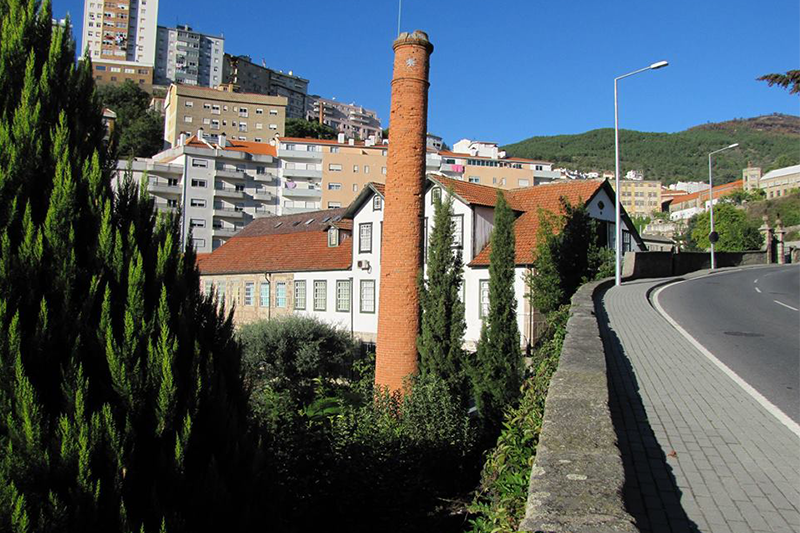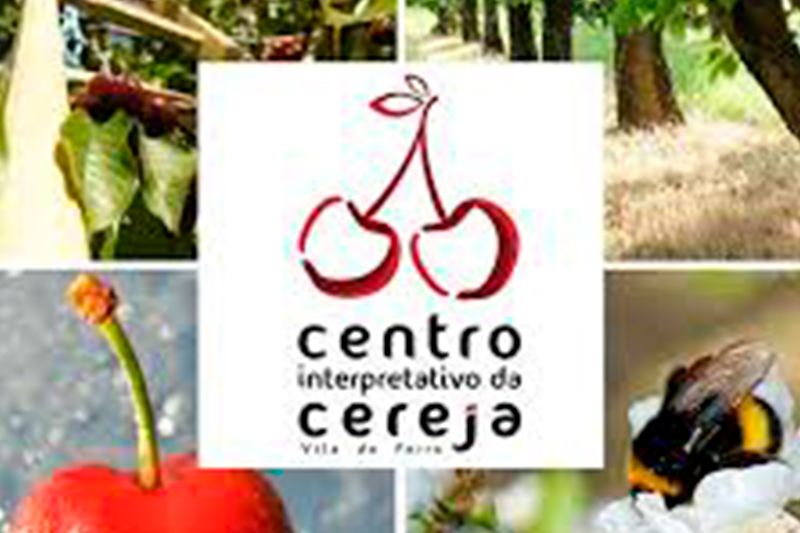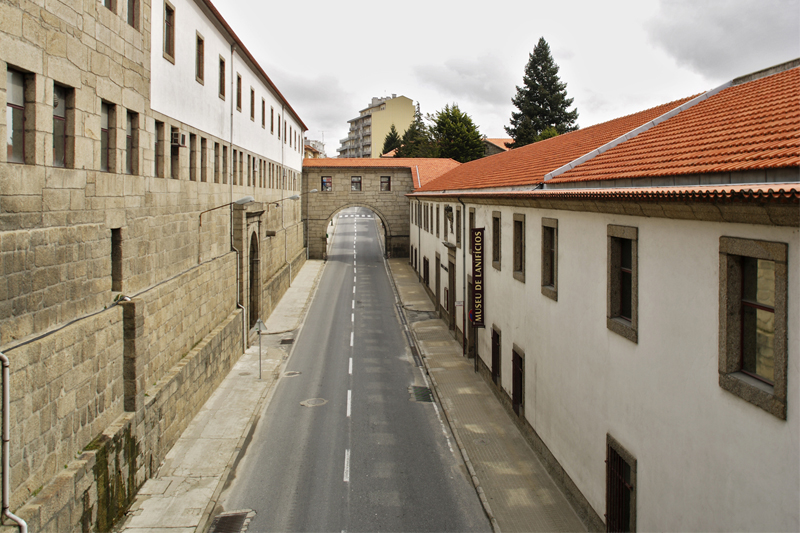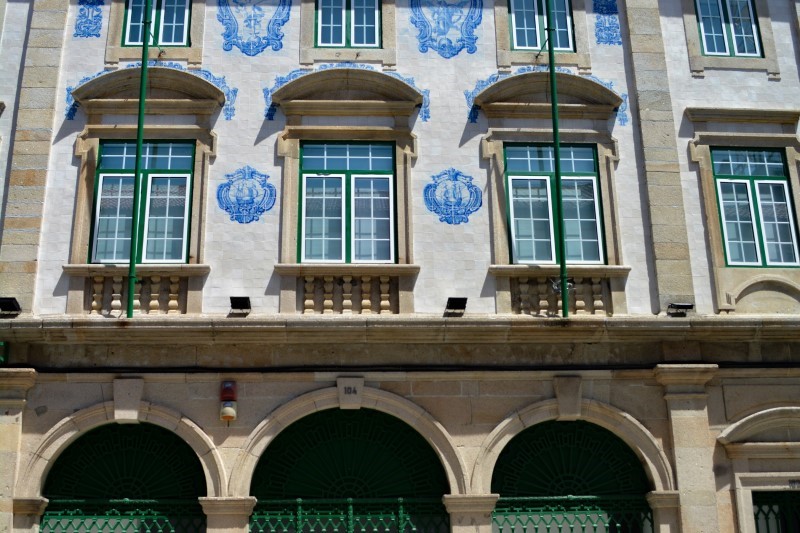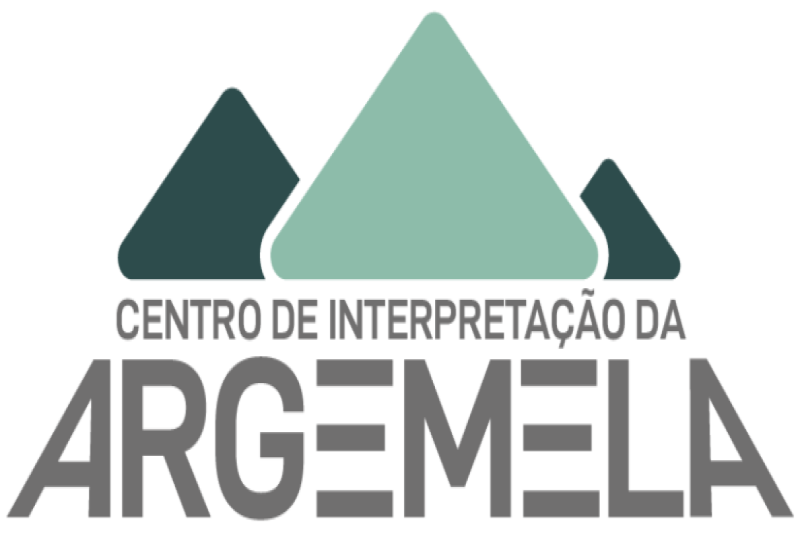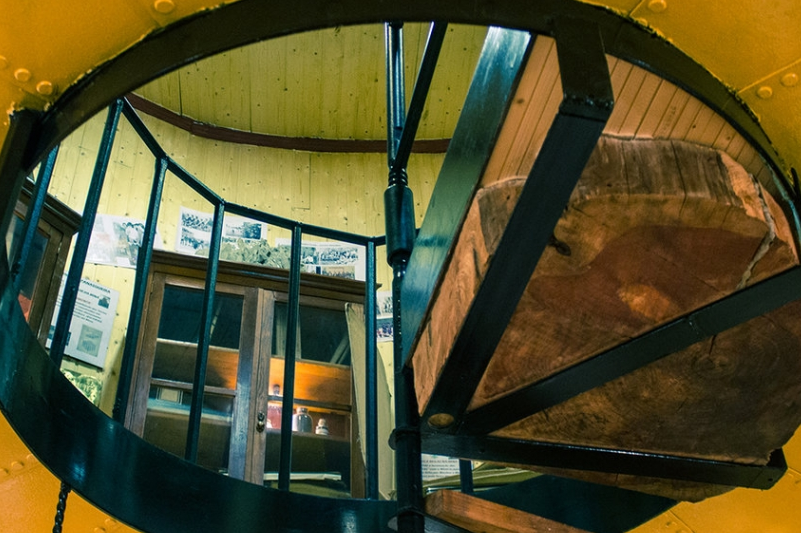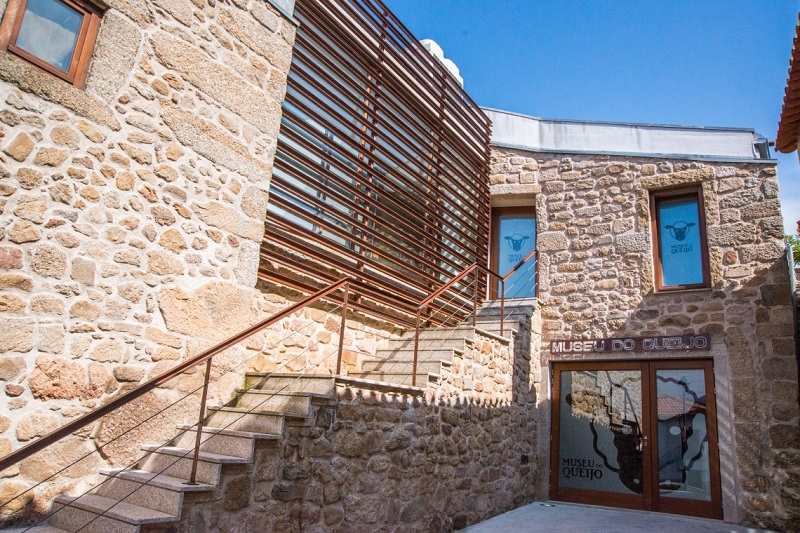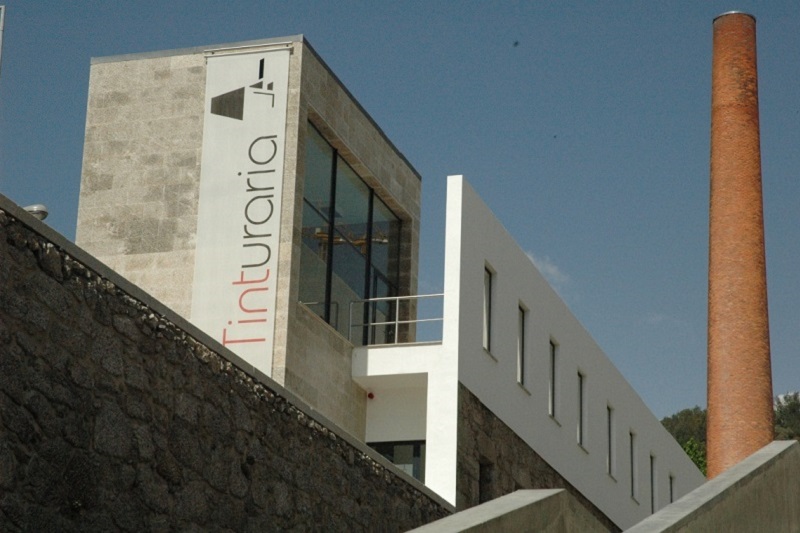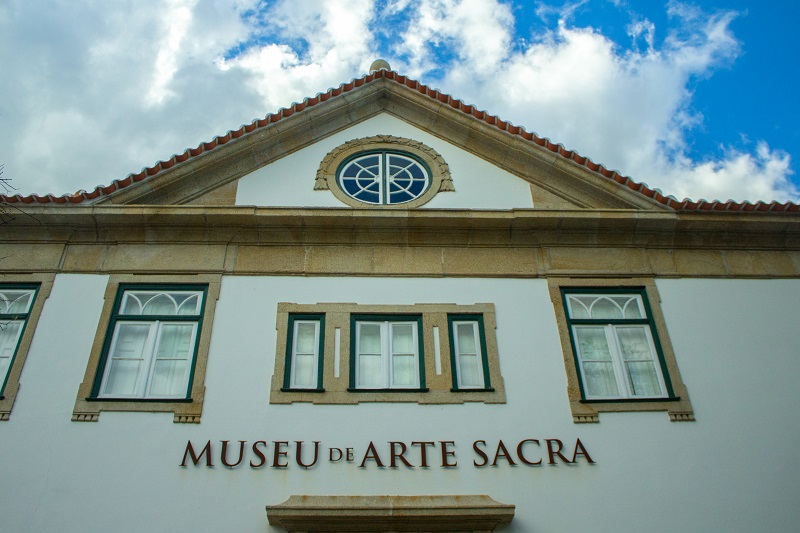Opening Hours
- Monday to Friday: 09:00-12:30 | 14:00-17:30
- Saturday and Sunday: 10:00-13:00 | 14:00-18:00
General information
Born in Lisbon on March 18, 1900, António Lopes or “Lopes da Covilhã”, the name by which he became known, was one of the great drivers of Beira, having left the capital to dedicate himself to teaching at the Campos Melo Industrial School where he taught drawing and where he stayed for 30 years. In addition to being a professor, he was also a journalist for Diário de Notícias, at Jornal do Fundão and also contributed his pictures to several newspapers such as “Diabo”, where he caricatured Antero de Quental, Guerra Junqueiro and Hitler. Passionate about Serra da Estrela, he was a pioneer in the defense of his potential, demonstrating it through several photos he took of Serra and its people. In 1931 he participated in the founding of Sky Clube de Portugal, beginning to captivate the Portuguese people and later foreigners, through the practice of sky.
Another of the activities developed by the teacher was the tapestry that he introduced in Portugal, with new designs and new colors inspired by the embroidery of Castelo Branco. In the second half of the 40s of the last century, he founded the carpet factory in Serra da Estrela, promoted the cultivation of linen and silk in several Beira villages, developed the production of linen cloths. Through exhibitions, he greatly disseminated this art of Beira Baixa promoting the commercialization of this type of work. We can find great tapestries of yours in various official bodies such as in the Municipality of Covilhã and in the Government-General of Angola, in hotels like Astória de Monfortinho and Tivoli in Lisbon. Another of his great works was a rug with elements alluding to Pêro da Covilhã’s trip and which the Chamber offered to the Emperor of Abyssinia. António Lopes also left his mark in several churches in Beira. He painted the ceiling of the Church of Santa Maria, the ceiling of the Provincial Council of Beira Baixa, the Church of Misericórdia. He painted the Serra in his various seasons, he painted Covilhã, Sortelha, Paul, the mountain people and also illustrious eaves like Pedro Álvares Cabral.
About the Casa dos Magistrados Ordered to be built at the end of the 18th century to house the magistrates of the municipality and, later, for a superintendent of Textiles, the Casa dos Magistrados is an emblematic building in Covilhã, testimony to the development that the city experienced during the 18th centuries and XIX. Built in granite, it features Pombaline traces. On the ground floor, the main façade has several arcades that functioned as a municipal grain store (granite). On the second floor there are bay windows and, in the center, Pedra de Armas framed and surmounted by the crown of the Marquis. The construction is topped by a cornice and limited by pilots of an isodome device. A notable building in the city, it has been rehabilitated and transformed into a cultural space.
Classification: Public Interest Property
